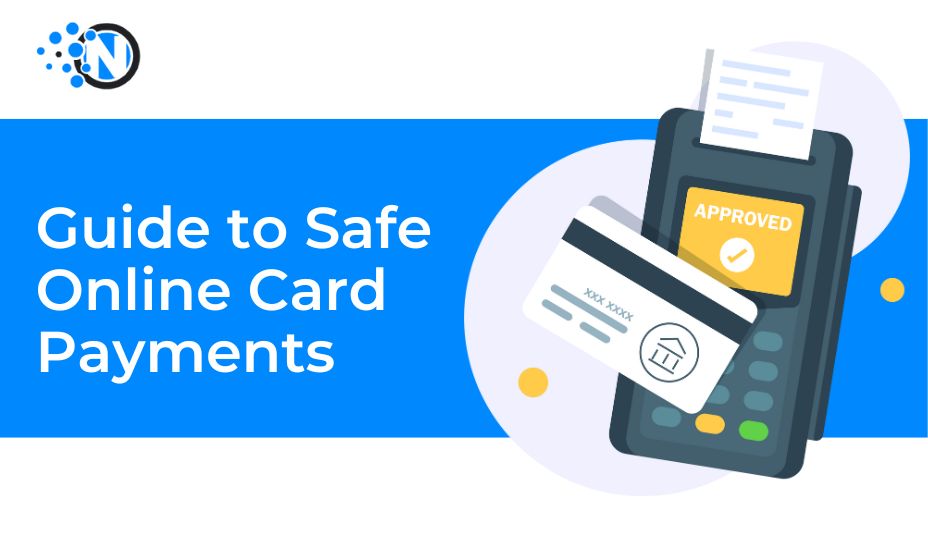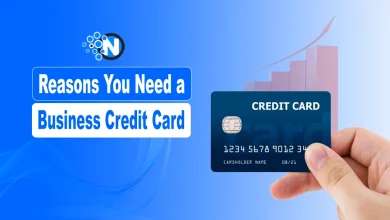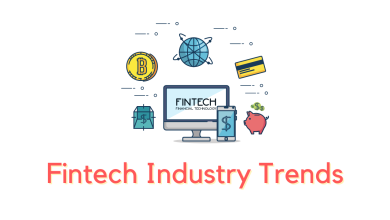A Comprehensive Guide to Safe Online Card Payments

In this ever-evolving digital world, making payments online has become the norm. From purchasing groceries to booking vacations and subscribing to streaming services, online card payments facilitate these transactions. However, with this convenience also comes the risk of fraud and cyber-attacks. This guide seeks to shed light on ensuring safe online card payments and features to look for in card payment platforms.
Understanding Online Card Payments
Online card payments are transactions where a debit or credit card is used over the Internet. This can be done using a computer, smartphone, tablet, or any other connected device. Some businesses also use platforms like Noda for secure card payments. When making a purchase, you are typically required to enter your card details, including the card number, expiration date, and CVV (Card Verification Value).
Why Online Card Payments?
- Convenience: No need to visit a physical store or ATM. You can transact from the comfort of your home.
- Speed: Transactions are almost instantaneous.
- Range of Services: From shopping to bill payments, everything can be done online.
- Offers and Discounts: Many e-commerce platforms offer discounts for online card payments.

Steps to Ensure Safe Online Card Payments
1. Visit Secure Websites: Always ensure the website’s URL begins with ‘https://’ and not just ‘http://’. The ‘s’ stands for secure, and it means the site uses encryption to protect your data.
2. Two-Factor Authentication: This boosts security when paying via card. After entering card details, you may receive a code on your mobile or email to confirm the transaction.
3. Regularly Update Software: Ensure your computer, smartphone, and other devices are updated with the latest software. Security patches are released regularly to protect against known vulnerabilities.
4. Avoid Public Wi-Fi for Transactions: Public Wi-Fi networks are less secure. If you must use public Wi-Fi, consider using a VPN (Virtual Private Network) to keep your personal details protected.
5. Use Strong Passwords: Avoid using easily guessable passwords like ‘123456’ or ‘password’. Instead, use a mix of characters, numbers, and symbols. Also, change your passwords regularly.
6. Check Statements Regularly: Regularly review your bank and card statements to ensure there are no unauthorized transactions. If something looks amiss, contact your bank immediately.
Features to Look for in Payment Platforms
When choosing an online payment platform or gateway, consider platforms renowned for their security features. Here’s why a solution like Noda for secure card payments stands out:
1. End-to-End Encryption: This ensures that your card details are turned into a code to prevent potential eavesdroppers from accessing the information. Only the payment platform and your bank can decode this.
2. Tokenization: Instead of storing your actual card details, the payment gateway stores a token. Even if hackers get this token, it’s useless without the original transaction context.
3. PCI DSS Compliance: Payment Card Industry Data Security Standard (PCI DSS) is a set of requirements ensuring that companies securely handle card transactions. Always choose platforms that are PCI DSS compliant.
4. Regular Security Audits: Good payment platforms undergo regular security audits to ensure their systems are impervious to threats.
5. Fraud Detection: Using machine learning and artificial intelligence, modern platforms can detect suspicious transactions and block them in real-time.
The Role of Banks in Secure Online Transactions
Banks play a crucial role in ensuring online transactions are secure. They invest in state-of-the-art security systems and also offer features like:
1. SMS Alerts: Immediate notifications for every transaction.
2. Temporary Card Locking: If you feel your card data might be compromised, you can temporarily lock your card.
3. Virtual Cards: Instead of using your actual card details, you can generate a virtual card for online transactions.
Online Card Payments: Best Practices for Merchants
If you are a merchant, ensuring your customer’s card data remains safe is not just good business but also builds trust.
1. Use a Secure Payment Gateway: Opt for payment gateways known for their security features.
2. Regularly Update Your Systems: Always use the latest versions of software and security patches.
3. Educate Employees: Ensure all employees understand the importance of security and follow best practices.
4. Never Store Card Data: If you must, ensure it’s encrypted and meets all security standards.

Common Threats and Risks for Card Payments
Phishing Attacks and How to Identify Them
Phishing remains a prevalent threat where fraudulent entities attempt to acquire sensitive information through deceptive emails or websites. Vigilance and skepticism towards unexpected or suspicious emails are crucial to avoid falling victim to such scams.
Malware and Skimming
Malware and skimming techniques target card information by infecting devices or tampering with payment terminals. Utilizing reliable antivirus software and being cautious while using public terminals can mitigate these risks.
Future of Online Card Payments
The future seems promising with the advent of biometric authentication, blockchain technology, and advanced AI systems to detect fraud. These technologies, combined with responsible user behavior, will make online card payments even safer.
Conclusion
The digital age has made our lives more convenient, but it also comes with several challenges. The key to enjoying the benefits of online card payments is to stay informed and adopt best practices. Using reliable platforms and gateways, regularly updating software, and being vigilant about where and how you share your card information are steps in the right direction. As technology advances, so do the methods of those with nefarious intentions. But with the right knowledge and tools, we can ensure that our online transactions remain safe and secure.




